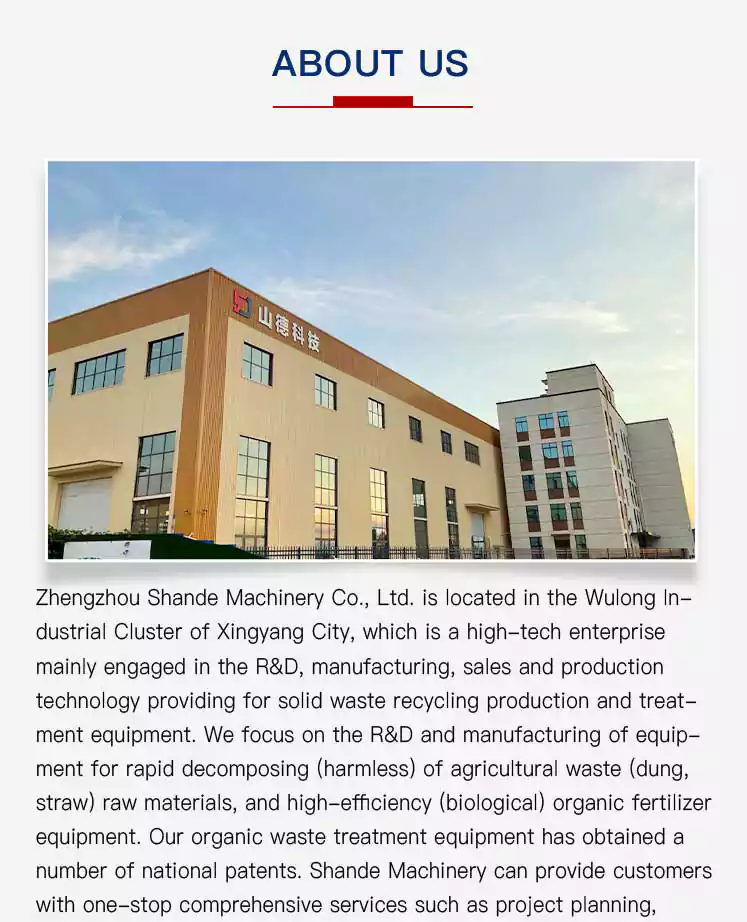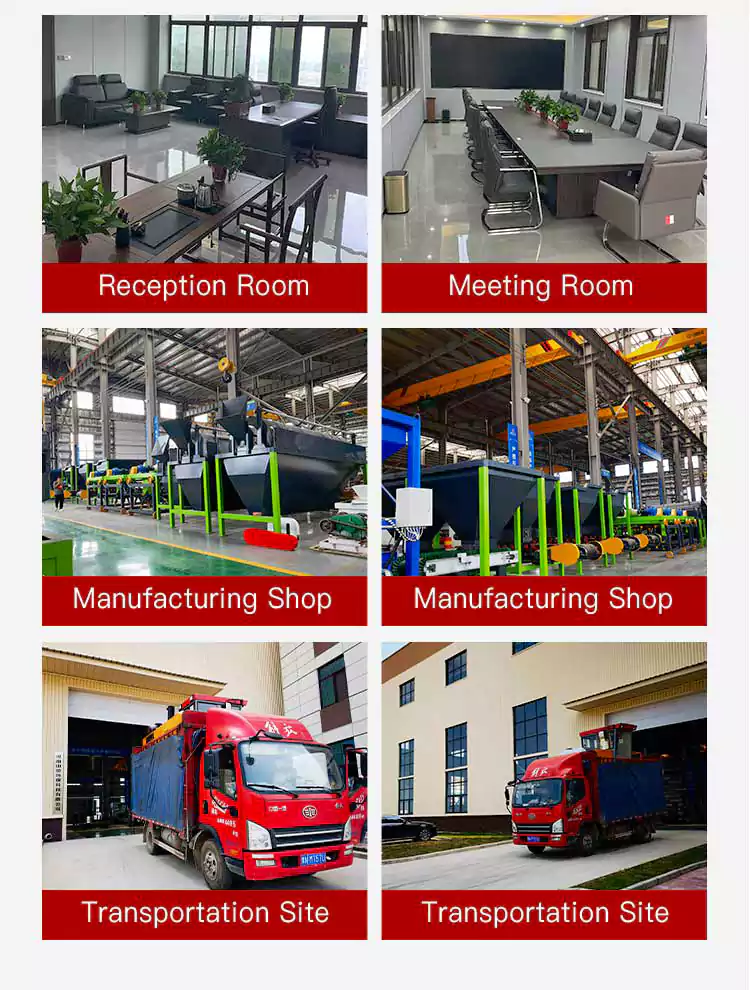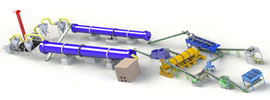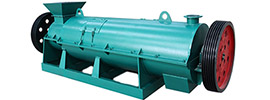Ammonia granulation production line Introduction
We also have small scale Granular organic fertilizer production line, the capacity is 3-10tons per day, if you have any need these production equipments, please contact our online engineers, we will provide you with free design solutions and quotations.
Online EngineersScan The QR Code To Contact Us
Compound fertilizer ammonification granulation adopts low-temperature conversion method to produce potassium bisulfate solution. The potassium bisulfate solution is mixed with dilute phosphoric acid or dilute ammonium phosphate solution, and the mixed slurry is pumped into the intermediate tank of the ammonification granulation unit area. During production, the mixed slurry is pumped into a tubular reactor and reacted with gas ammonia from the ammonia station. The S-NPK compound fertilizer slurry generated by the reaction is sprayed at high speed from the outlet of the tubular reactor by the high temperature and high pressure generated during the reaction in the tubular reactor, and sprayed in a mist form on the material bed of the rotary drum ammonification granulator. The solid NPK compound fertilizer fine powder return on the feed bed of the rotary drum ammonification granulator is bonded and kneaded to form particles under the action of high temperature and high concentration molten slurry. To meet the nutrient requirements of different products, optimize the granulation process conditions, and improve the granulation rate, an appropriate amount of ammonia gas should be introduced into the rotary drum granulator to ammonify the granulation materials. By measuring and adjusting the mixed slurry and gaseous ammonia entering the tubular reactor, as well as measuring and adjusting the return material, newly added raw nitrogen fertilizer, gaseous ammonia, powdered ammonium phosphate, and filling material entering the granulator, S-NPK compound fertilizers with different nutrient contents can be produced.

Main Technical Parameters
The output of compound fertilizer can reach 200,000 tons / year. We recommend the appropriate equipment combination and equipment quotation according to your actual situation. If you do not know how to produce compound fertilizer, we can provide you with professional process solutions and training.
technological process
1) Ingredients: First, put various raw materials into the batching machine and set the proportions of each raw material. The batching machine will accurately transport various raw materials to the crusher.
2) Crushing: The crusher crushes various raw materials into sizes suitable for granulation and plays a role in uniform stirring during the crushing process.
3) Granulation: stirred raw materials into the fertilizer granulator for granulation (granulator has a variety of
models, according to the production process to choose the right fertilizer granulator).
4) Drying: granulator made of fertilizer particles sent to the dryer to dry the particles contained in the moisture,
increase particle strength.
5) Cooling: after drying the fertilizer particles temperature is too high, easy to caking, cooling treatment is convenient for
preservation and transportation.
6) Screening: the cooled particles are screened, unqualified particles return to the crusher for crushing, re-pelletizing,
sieving out the qualified products, into the next process.
7)Coating:Qualified fertilizer particles are coated to prevent the particles from clumping, slow down the release
of fertilizer and increase the brightness and roundness of the particles.
8) Packaging: After filming the particles become finished organic fertilizer particles, use automatic packaging machine to
pack them into bags, placed in a dry and ventilated place for storage.



 Send us a Email
Send us a Email Wulong Industrial Cluster
Wulong Industrial Cluster Have any question?
Have any question?

























